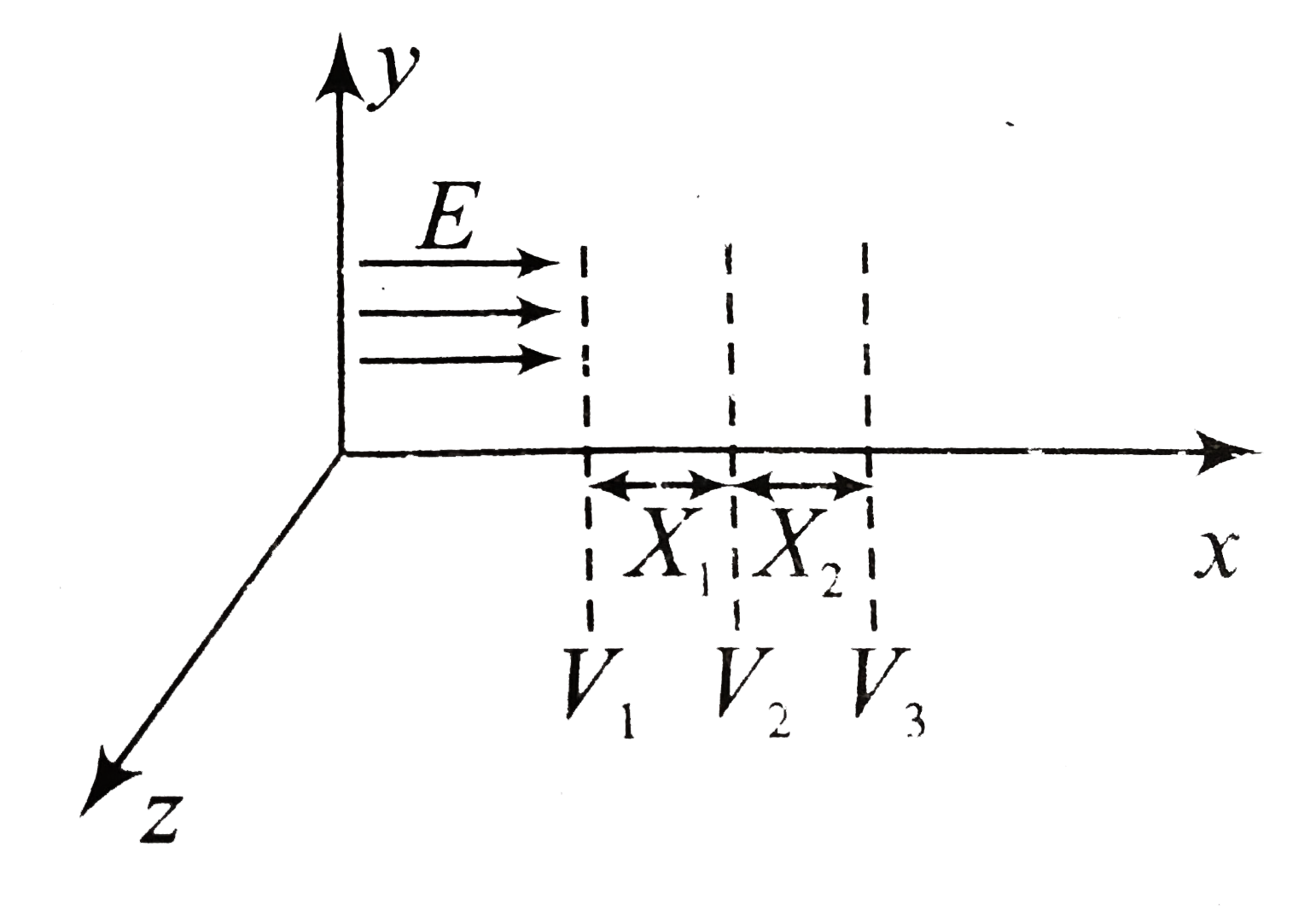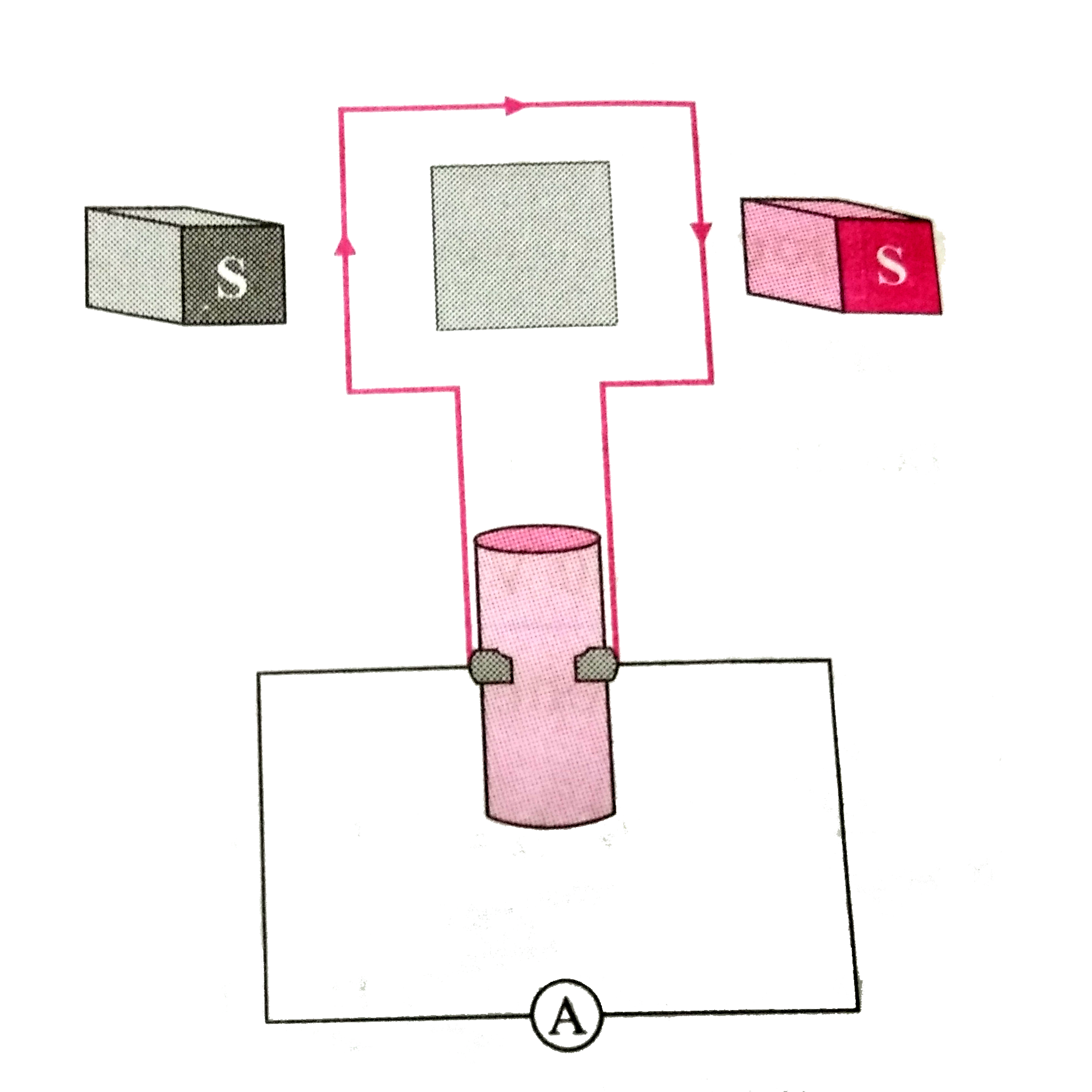In the following figure, equipotential lines are shown

EA=1V/cm
EB=2V/cm
EC=4V/cm
All options are correct
The correct Answer is:4
EA=50−4010=1V/cm
EB=30−205=2V/cm
EC=10−102.5=4V/cm
Topper's Solved these Questions
Similar Questions
Find the sum of the lengths all the vertical lines in the following figure. All the vertical lines are perpendicular to the base of the triangle. The base of the triangle is divided into 10 equal segments. The length of the leftmost vertical line is 15 cm as shown in the figure.
View SolutionIf the given figure shows equipotential surfaces, then the magnitude of electric field is

View Solution
Knowledge Check
In an electric field shown in figure, three equipotential figure, three equipotential surfaces are shown. If function are shown. If function of electric field is E=2x2Vm−1, and given that V1−V2=V2−V3, then we have
 Ax1=x2Bx1>x2Cx2>x1Ddata insufficient
Ax1=x2Bx1>x2Cx2>x1Ddata insufficientTwo equipotential spherical surface having potential 20V and 0V are as shown in figure. There is no charge anywhere in space except on the surface of both the spheres. Then which of the following figure represents the nature of electric field in region between the spherical surfaces by electric lines of forces.
 A
A B
B C
C D
D
Consider the following statements about equipotential surfaces and select the correct ones.
I. No work is required to be done to move a test charge between any two points on an equipotential surface.
II. Electric lines of force at the equipotential surfaces are mutually perpendicular to each other.ABoth I and II are correctBI is correct and II is IncorrectCI is incorrect and II Is correctDI and II both are Incorrect
Which of the following figure shows the correct equipotential surfaces of a system of two positive charges?
View SolutionOn the basis of your understanding of the following paragraph and the related studied concepts.
An equipotential surface is a surface with a constant value of electric potential at all points on the surface. The component of electric field parallel to an equipotential surface is zero, as the potential does not change in this direction. Thus, the electric field is perpendicular to the equipotential surface at each point of the surface. Further, say the direction of electric field electrical potential gradually fall with distance.
Four equipotential surfaces are shown in the adjoining figure. Find the magnitude and direaction of the electric field.

View SolutionIn the following figures, the figure that is not symmetric with respect to any line is:

View SolutionObserve the figure and answer the following question.

Identify the machine shown in the figure.
View SolutionFigure shown two equipotential lies x,y plane for an electric field. The scales are market. The x-component Ex and y-component Ey of the field in the space between these equipotential lines are respectively

View Solution